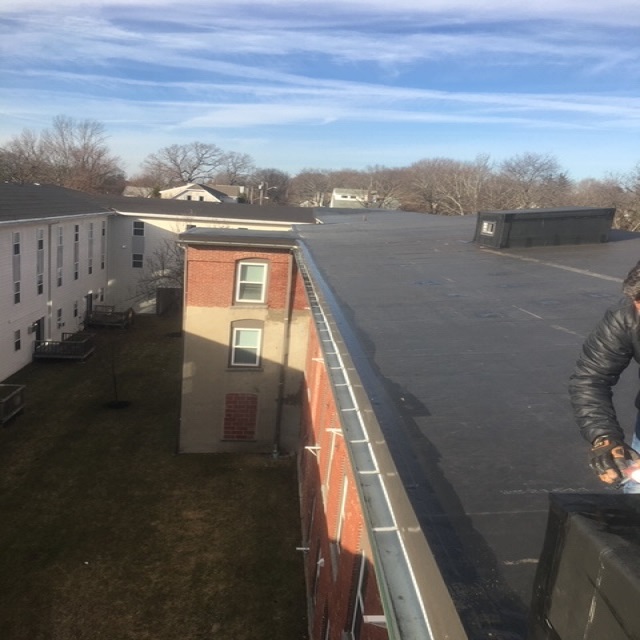1. The Condition of Shingles, Shakes, or Tiles
Walk around the premises, looking at it from multiple angles, and pay attention to the edges of the roof. You’re looking for shingles (or shakes or tiles) that are cracked, missing, or seem to be pulling or curving up off the roof. It’s also important to look at the gutters and clean them out whenever necessary. If gutters are clogged, water can back up and seep under the shingles, which leads to things you really don’t want, like rotting or leaks.
2. Check on the Ground
Why should you look at the ground if you’re supposed to be inspecting your roof? Well, you should look at the ground for signs of excessive “granulation.” Basically, you’re looking for those little pebbles that are embedded onto the surface of shingles, giving them their rough texture. When a roof gets to a certain age, those pebbles may start coming off quickly, and that’s a sign some work needs to be done. If you are able to ladder up to the gutter line, check for these granules is even better than checking the ground.
3. Flashing
Flashing is the metal that is placed over the joints in a roof to prevent water leaks. You’ll see it around chimneys, fan vents, plumbing vents, skylights, and anything else projecting out from the roof. Rusty, worn, or damaged flashing is one of the biggest causes of roofing leaks. The older your flashing is, the more you should keep an eye on it.
4. Moss
The weather here in New England is ideal for moss growth. In fact, moss cleaning is one of the most common things we do for our customers. Letting moss or algae build-up for too long can cause numerous problems.
5. Caulking
Look around the flashing and in the roof valleys (places where different rooflines meet). If caulking in those areas is cracked or has disappeared, water can easily get in and cause damage.
